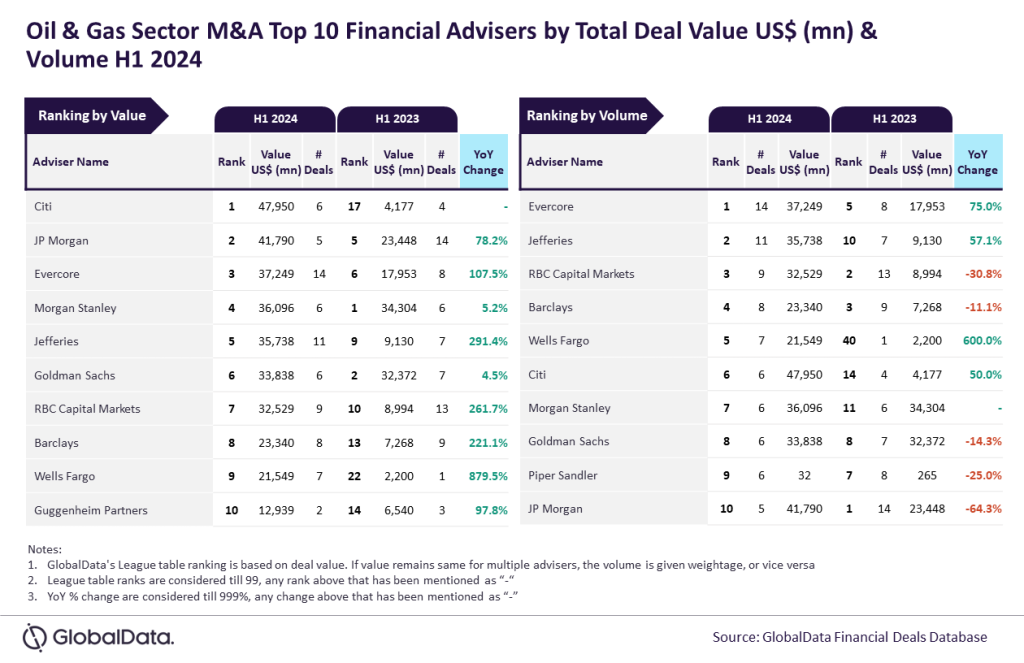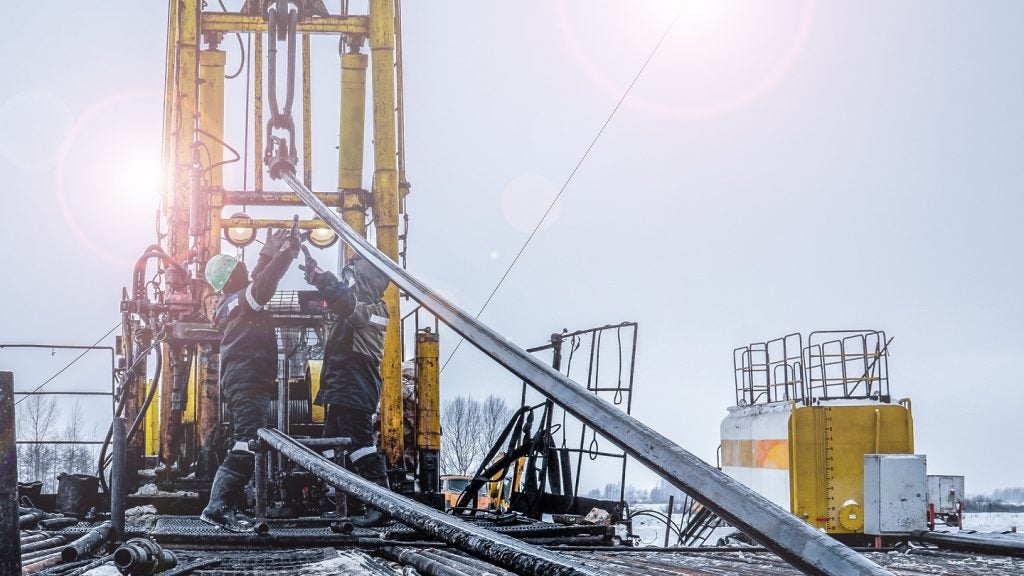Ca Voi Xanh is a conventional gas development located in deepwater in Vietnam and is operated by ExxonMobil Exploration and Production Vietnam. According to GlobalData, who tracks more than 34,000 active and developing oil and gas fields worldwide, Ca Voi Xanh was discovered in 2011, lies in block Block 118, Block 119, and Block 117, with water depth of around 3,770 feet. Buy the profile here.
The project is currently in approval stage and is expected to start commercial production in 2028. The Ca Voi Xanh conventional gas development will includes fixed platform.
Field participation details
The field is owned by Exxon Mobil and Vietnam National Oil and Gas Group.
Production from Ca Voi Xanh
Production from the Ca Voi Xanh conventional gas development project is expected to begin in 2028 and is forecast to peak in 2030, Based on economic assumptions, the production will continue until the field reaches its economic limit in 2047.
Contractors involved in the Ca Voi Xanh conventional gas field
Some of the key contractors involved in the Ca Voi Xanh project as follows.
Design/FEED Engineering: Eni
Other Contractors: Seadrill and CP Geo-Services
For more details on the Ca Voi Xanh Conventional Gas Field, buy the profile here.
Data Insights
From

The gold standard of business intelligence.
Blending expert knowledge with cutting-edge technology, GlobalData’s unrivalled proprietary data will enable you to decode what’s happening in your market. You can make better informed decisions and gain a future-proof advantage over your competitors.






